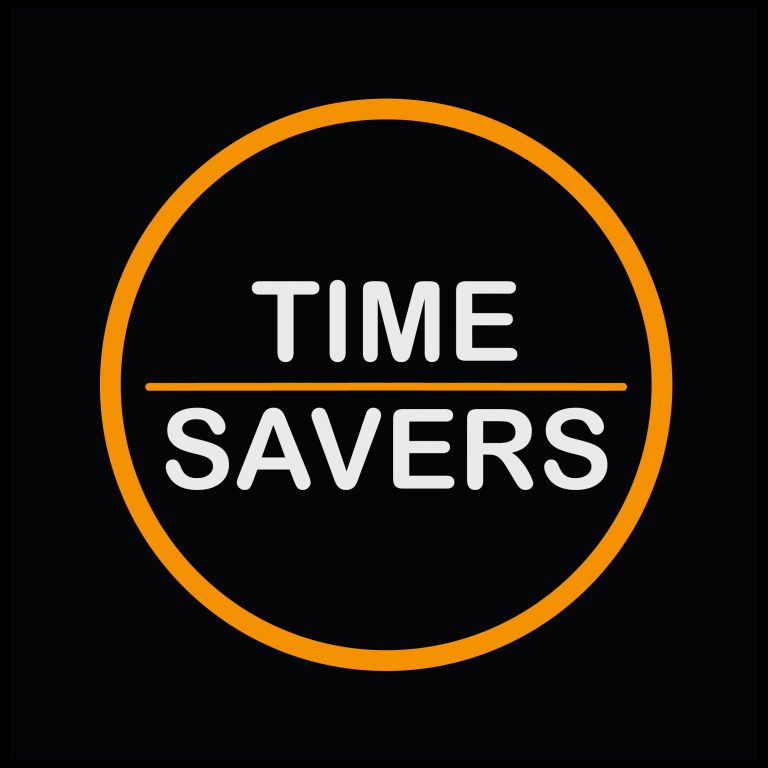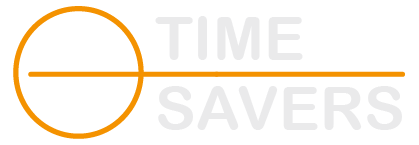Meet Our Heroes
Sharon Ceciliano didn’t set out to build just another leggings brand. She set out to build something that mattered.
I Live for Leggings is a women-owned activewear brand that manufactures every single piece in Brazil, creating jobs for women and supporting local craftsmanship. The product quality speaks for itself: high-performance leggings designed for yoga, fitness, and everyday wear. But what really sets the brand apart is the mission behind it. Every purchase supports women-owned manufacturing, ethical production, and a commitment to empowering the women who make the product and the women who wear it.
Sharon’s customers are busy moms, yoga enthusiasts, fitness lovers, and women who want activewear that performs as hard as they do. They care about quality, comfort, and supporting brands that align with their values. The problem? Most of them didn’t know I Live for Leggings existed yet.
Up until this point, Sharon had been running the business through word-of-mouth, local events, and organic social media. It was working, but it wasn’t scalable. And Sharon was ready to take the next step: transforming I Live for Leggings into a 100% e-commerce business that could reach women across the entire United States.
Their Goals
Sharon came to us with a clear vision and a modest starting budget of $1,000 per month. Her goal wasn’t just to sell more leggings. It was to build a real, sustainable online business that could grow without relying on in-person sales or local events.
She wanted to:
- Launch her first-ever paid advertising campaigns on Facebook, Instagram, and Google
- Reach busy moms, fitness enthusiasts, and yoga lovers across the U.S.
- Build a repeatable customer acquisition system that could scale over time
- Transition from side hustle to full-time e-commerce brand
This wasn’t about vanity metrics or quick wins. Sharon wanted long-term growth, and she was willing to invest in the foundation to get there.
The Challenge
I Live for Leggings had never run a single paid ad before. Not on Facebook. Not on Instagram. Not on Google. Nothing.
That meant we were starting from absolute zero. No pixel data. No audience insights. No proven messaging. No customer acquisition history to learn from. Just a great product, a strong mission, and a passionate founder ready to scale.
On top of that, the activewear and athleisure space is brutally competitive. Brands like Lululemon, Gymshark, Fabletics, and hundreds of DTC leggings companies flood the market with aggressive advertising. Standing out in that environment, especially with a limited budget, required precision and strategy.
We also had to answer some big questions right out of the gate:
- Who was the exact right customer to target first?
- What messaging would resonate in a crowded, noisy market?
- How could we differentiate a made-in-Brazil, women-owned brand in a way that felt authentic and compelling?
- How do we make every dollar count when we’re testing ads for the first time?
And perhaps most importantly: how do we build a system that works not just for the first month, but for the long haul?
Our Process
Phase One: Building the Foundation
Before we spent a single dollar on ads, we had to lay the groundwork. That meant setting up tracking, installing pixels, and making sure we could actually measure what was working.
We installed the Facebook Pixel and Google Analytics properly, configured conversion tracking for purchases, and set up UTM parameters so we could trace every sale back to its source. This might sound basic, but it’s shocking how many brands skip this step and then wonder why their ads aren’t working.
Next, we dug into the audience. Sharon had a good sense of who her customers were, but we needed to get specific. We built detailed customer profiles around three core segments:
- Busy moms who workout – women juggling work, family, and fitness who need activewear that performs and looks good
- Yoga enthusiasts – studio regulars and at-home practitioners who value comfort, flexibility, and sustainability
- Everyday activewear lovers – women who live in leggings and want pieces that transition from the gym to errands to coffee runs
We also knew the “made in Brazil” and “women-owned” messaging was a key differentiator, but we had to test how to position it. Was it a primary selling point, or was it a supporting story that reinforced quality and values?
Phase Two: Creative Development and Messaging
With zero ad history, we couldn’t rely on past performance to guide us. So we leaned into storytelling.
We developed a series of ad creatives that highlighted the product’s quality, fit, and versatility, while weaving in the brand’s mission. Some ads focused on the “made in Brazil” craftsmanship. Others emphasized the women-owned, women-supporting story. And some simply showcased the leggings in action: real women wearing them during workouts, yoga sessions, and everyday life.
We kept the messaging simple, authentic, and benefit-driven. No fluff. No overpromising. Just real value and real stories.
For visuals, we used a mix of lifestyle imagery and product shots that felt relatable, not overly polished. The goal was to make women see themselves in the brand, not intimidate them with unrealistic fitness models or sterile product photography.
Phase Three: Launch and Test
We launched campaigns across Facebook, Instagram, and Google simultaneously, each with a slightly different approach.
On Facebook and Instagram, we ran conversion-optimized campaigns targeting women aged 25-50 in the United States who were interested in yoga, fitness, activewear, and wellness. We tested multiple ad sets with different audience segments and creative variations to see what resonated.
On Google, we set up a combination of Shopping ads and Search campaigns targeting high-intent keywords like “best leggings for yoga,” “women’s activewear,” “comfortable workout leggings,” and “ethical activewear brands.” The goal here was to capture women who were actively searching for what I Live for Leggings offered.
In the first few weeks, we watched the data closely. Not every ad worked. Some audiences didn’t convert. Some creative angles fell flat. But that’s exactly what the testing phase is for. We quickly identified what was working and doubled down.
Phase Four: Optimize and Scale
Once we had winning combinations, we optimized aggressively. We paused underperforming ad sets, reallocated budget to top performers, and refined targeting based on the data coming in.
We also started building lookalike audiences based on the initial purchasers, which allowed us to scale more efficiently. Facebook’s algorithm started learning who the best customers were, and our cost per acquisition began to drop.
On the Google side, we refined keyword bids, improved ad copy based on what was driving clicks and conversions, and optimized product feed titles and descriptions to improve visibility in Shopping results.
Throughout the process, we stayed in close communication with Sharon, reporting on what was working, what wasn’t, and what adjustments we were making in real time. Transparency and collaboration were key.
Results
Within the first 90 days of launching paid advertising, I Live for Leggings went from zero ad spend to a fully functioning e-commerce acquisition machine.
Here’s what we achieved:
- Generated over $18,000 in revenue from paid ads alone in the first three months
- Achieved a 3.2x ROAS on Facebook and Instagram, well above the break-even threshold
- Drove 450+ new customers to the brand, building a solid foundation for repeat purchases and email marketing
- Scaled Google Shopping campaigns to a 4.1x ROAS, capturing high-intent buyers actively searching for activewear
- Built a sustainable customer acquisition system that Sharon could continue to scale beyond the initial $1,000/month budget
But the numbers only tell part of the story. What mattered most was that Sharon now had a repeatable, data-driven process for growing her business online. She was no longer dependent on local events or word-of-mouth. She had full control over her customer acquisition, and she had the tools and insights to keep scaling.
I Live for Leggings transitioned from a side hustle to a real e-commerce business, and Sharon’s vision of running a 100% online operation became a reality. The foundation was built. The ads were working. And the mission-driven brand she’d worked so hard to create was finally reaching the women who needed to hear about it.






